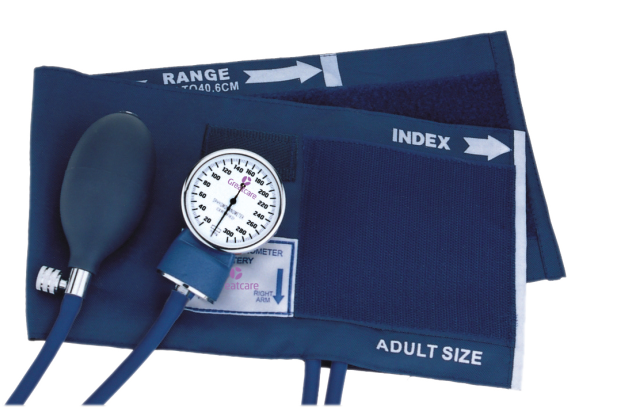
Aneroid Sphygmomanometer
High blood pressure, or hypertension, is a very common condition – it affects almost one in four adults in the United States. To help you manage your blood pressure and stay healthy, it’s important to understand how to properly use a sphygmomanometer. In this article, we discuss the do's and don'ts of using an aneroid sphygmomanometer – so read on for more information!
Aneroid Sphygmomanometer
An aneroid sphygmomanometer is a blood pressure monitor that uses a cuff to collapse and release the artery under the cuff in a controlled manner. The mercury manometer is considered the gold standard for measuring blood pressure, however, aneroid sphygmomanometers are much more portable and easier to use. They are also less expensive than mercury manometers.
If you are going to use an aneroid sphygmomanometer, there are certain things that you need to do in order to ensure accurate readings. First, you need to make sure that the cuff is placed correctly on the arm. The cuff should be placed about two inches above the elbow. Once the cuff is in place, you will need to inflate it until the mercury reaches 160 mmHg. At this point, you should listening for a pulse. You will then need to deflate the cuff slowly until you can no longer hear the pulse. The reading on the mercury will be your systolic blood pressure reading.
If you are measuring someone's blood pressure, you should use the information from the aneroid sphygmomanometer to determine if that person has high blood pressure. If the reading is high, you should take action to lower the person's blood pressure.
An Aneroid Sphygmomanometer is a great tool for people who want to monitor their blood pressure at home. This type of device is easy to use and can be found at most pharmacies. People with high blood pressure, or who are at risk for developing high blood pressure, should consider using an Aneroid Sphygmomanometer.
An aneroid sphygmomanometer is a device used to measure blood pressure. It consists of an inflatable cuff, a mercury or aneroid gauge, and a stethoscope. While mercury sphygmomanometers are considered the gold standard for measuring blood pressure, aneroid sphygmomanometers are a more affordable option and just as accurate when used correctly. However, there are certain situations when you should not use an aneroid sphygmomanometer: If the patient has arteriosclerosis or Raynaud's disease. Arteriosclerosis is a condition in which the arteries harden and narrow, while Raynaud's disease causes the fingers and toes to turn white or blue when exposed to cold temperatures. In both cases, the arteries may be too narrow for the cuff of the sphygmomanometer to accurately measure blood pressure. If the patient has recently had surgery on their arm or hand. The incision site may be tender and using the cuff of the sphygmomanometer could cause pain. If the patient is pregnant. The extra weight of pregnancy can cause inaccurate readings.